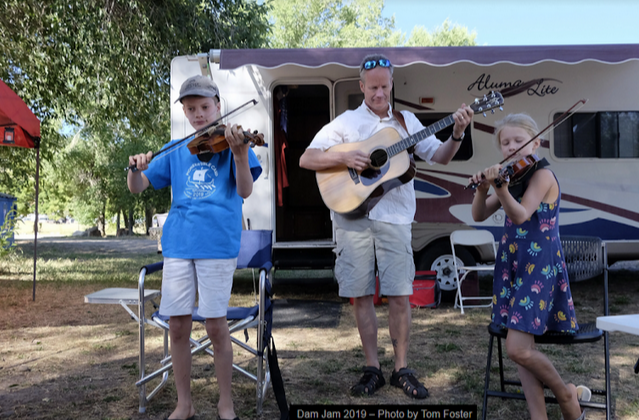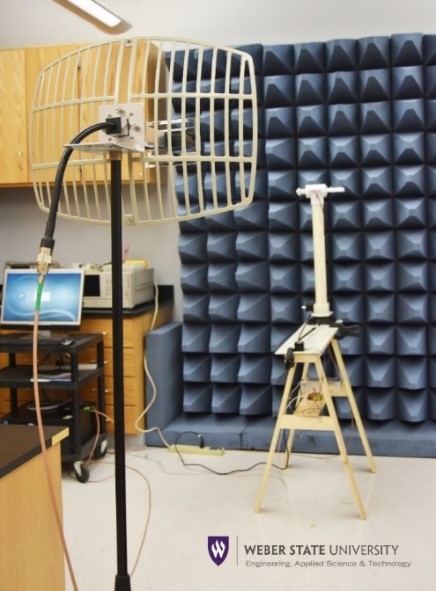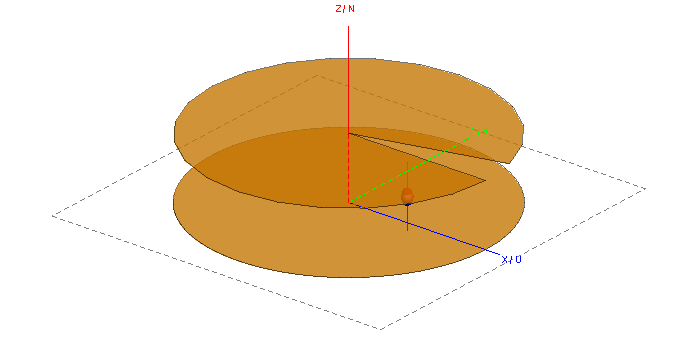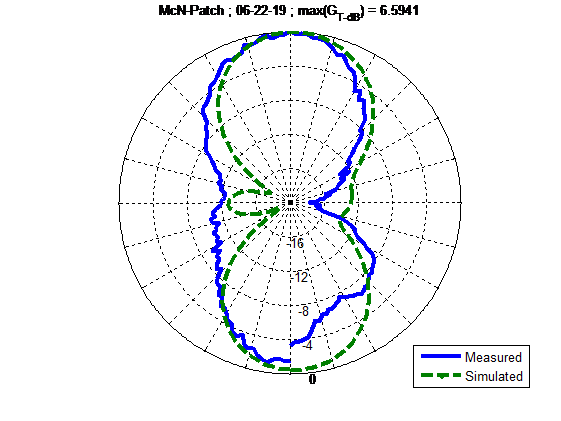Dr. Christian Hearn

Education
Ph.D. at Virginia Tech
M.S. at Virginia Tech
B.S. at Old Dominion University
B.S. at Virginia Tech
Curriculum Vitae
Contact Information
Email: christianhearn@weber.edu
801-626-6371
Office Location: 245H
Mail Code 1803
Courses Taught
ECE 3310 - Electromagnetics I
ECE 6210 - Digital Signal Processing
ECE 6320 - Antennas and Wave Propagation
Research Areas of Interest
Originally trained as a mechanical engineer, my professional career began at a detachment of the Naval Surface Warfare Center (UERD-NSWC). I obtained an Engineering license (Mechanical-Virginia) before completing an EET degree part-time with the goal of transferring to the instrumentation branch. An application to the M.S.E.E. program at Virginia Tech resulted in a trajectory change and secured my status as a non-traditional student.
During the Ph.D. plan-of-study, I was a member of the Virginia Tech Antenna Group (VTAG) and part-time engineer for Applied EM in Hampton, VA. My research for the small-business (approx. 10 employees) in a highly-competitive market focused on the design, fabrication, and validation of electrically-small antennas for DoD applications.
I had the good fortune to become a WSU faculty member in 2012. My academic research interests focus on the development and optimization of applied engineering capabilities for the ECE department. Two active research areas include an open-source antenna pattern measurement system and the creation of an audio signal processing laboratory for ECE students interested in music
- With the help of students, WSU now has an ‘open-source’ portable antenna pattern measurement system utilizing software-defined-radios (SDRs) and Arduino-based position control. The idea originated from an earlier antenna pattern measurement system utilizing wireless routers. It is anticipated the SDRs will permit future research of modulation methods and encoding to improve measurements in non-anechoic environments. Figure 2 is a photograph of the system setup in the graduate research room. Figure 3 is a CAD rendering of a prototype developed for system validation. Figure 4 compares the simulated and measured results for a principal-plane normalized-gain pattern.
- A fascinating example of a convolutional filter developed from time-domain acoustic impulse measurements is described for the Hagia Sofia in Istanbul.
A WSU undergraduate audio signal processing laboratory would focus on digital filter applications. The near-term objective for the new project is to develop a similar stereo impulse response measurement capability using non-proprietary software and in-house designed hardware. A far-term goal is to collaborate with the WSU Music department to acoustically characterize environments.

Figure 1: Hearn string trio playing for breakfast at the Cowboy Camp (Rockport Dam Jam 2019).

Figure 2: Setup for Principal Plane Measurement for the Yagi-Uda prototype designed for WiFi band operation

Figure 3: CAD rendering of circular patch antenna prototype. The feed position and notch adjusted to improve the impedance match. The lower conductor is H=1.5 cm below the upper conductor with ø=15º cutout.

Figure 4: Measured versus simulated principal pattern of circular patch antenna prototype. Pattern distortion on one side of the back plane and the failure of the measured pattern to close upon itself -180º is due to the presence of the feed in the measurement setup.